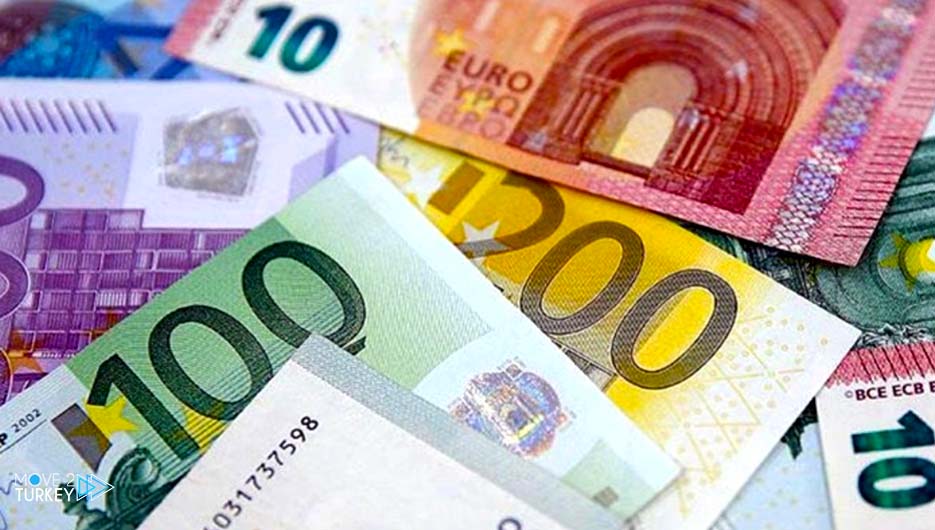
2020 was a difficult year for the economies of all countries of the world – except for China.
The Turkish economy is not an exception, and although the market for exporting Turkish goods to the world ended in a deficit of 10%, it is not clear how successful Turkish exporters will conquer the markets in 2021.
Turkish tourism is expected to pick up in 2021, but Turkey’s economic and political leaders remain focused on increasing exports more than anything else.
Since the year 2020 was a special and different year for all countries of the world, this report focuses more on the statistics of 2019.
The Turkish Economy and the “Trade Deficit”
The trade balance, referred to in some sources as “net exports” (NX), is the difference between the monetary value of imports and the resulting exports during a given period.
In fact, the trade balance is a measure of the relationship between imports and exports from countries.
The positive value (if exports exceed imports) is called the “trade surplus” and the negative value is called the “trade deficit” or “trade gap”.
Since Turkey has always been in need of the outside world in the field of energy and spends an average of $ 30 billion annually on energy purchases and production has not grown much, it is naturally always in a “trade deficit” or “trade gap.”
According to a report prepared by the Turkish A&T Bank and compiled by Omar Arsan and Aisa Ozden.
Turkey has tried in recent years to reach a balance by reducing imports, increasing exports and gradually closing the trade gap.
In 2018, the Turkish economy succeeded in increasing exports by 7% to 168 billion dollars.
And imports were frozen by 4.6% to 223 billion dollars.
Taking into account the size of the trade gap and the negative balance in 2018. The number reached 55 billion dollars.
In other words, Turkey imported 55 billion dollars more than it exported.
Of course, the decrease in imports was not directly related to the issue of production and the national decision.
But the decrease in the volume of imports was related to the fluctuation of the dollar and the devaluation of the Turkish national currency.
The average annual volume of Turkish foreign trade in the past ten years has reached 372 billion dollars.
Of course, one of the success points of the Turkish economy was that in the field of exports it tried to refrain from exporting raw materials.
In 2018, 94% of Turkey’s exports belonged to value-added goods, and the export of raw materials accounted for only 6% of the total exports.
AK Party and export
In the past 18 years, during the rule of the Justice and Development Party (AKP).
Turkish diplomatic services have always sought to transform diplomacy and foreign policy into a tool for promoting the export market, in addition to exporting goods and engineering services.
In 2002, when Erdogan and his allies in the AK Party took over the Turkish government, the country’s total exports to foreign markets reached $ 36 billion.
But after 8 years, in 2010, Turkey’s exports reached 114 billion dollars, and in 2014 they reached 158 billion dollars, and in 2018 they reached 168 billion dollars.
But in recent years, the AKP government has once again turned to hard power, and despite the relative increase in exports, relations in some areas have turned to cold and freezing, especially in trade.
With Europe, it could make things somewhat difficult for Turkish exporters and contractors in the medium term.
Political and economic fights
Over the past few years, Turkey has always been at the forefront of regional news with its military adventures.
In important cases like Syria, Iraq, Qatar, Libya, Somalia, Cyprus, the Eastern Mediterranean, Egypt, Crimea and Nagorno Karabakh, Turkey has always sought a way to demonstrate its strength.
But in parallel with these scandalous measures, many efforts have been made in the field of boosting foreign trade, and now it appears that the military show of force could gradually negatively affect the progress of trade.
Of course, what is interesting is that in important areas such as trade with Egypt, Israel, the United Arab Emirates and even Syria, there are no major problems.
And it seems that the place that could pose a threat to reduce Turkish exports is the European continent.
Despite the existing political problems, Turkey exported $ 3 billion to Egypt, $ 1.5 billion to Syria, $ 3.3 billion to the United Arab Emirates, $ 4 billion to Israel and $ 3.3 billion to Saudi Arabia in 2019.
(These numbers also saw minor negative changes in 2020.)
Read about the relations with Europe here

Europe, a large market for the Turkish economy
In 2019, according to the tradition of all previous years, Europe was the beating heart of Turkish exports.
As Turkey sent goods worth 93 billion dollars to European countries.
After this continent, Asia was the second largest market for the Turkish economy, with 44 billion dollars, Africa bought 15 billion dollars from Turkey, and the total exports to the Americas reached 12 billion dollars.
Some of the biggest Turkish goods customers in continental Europe in 2019 and based on billion dollar figures are:
- Germany 15.326
- England 10
- Belgium 3.2
- France 7.2
- Netherlands 5.347
- Spain 7.5
- Greece 2
- Poland 3
- Romania 4
- Bulgaria 2.5
Turkey’s export group priorities
Statistics of the Turkish economy in 2019 show that Turkey sent goods worth $ 92 billion to the OECD countries and $ 44 billion worth of goods to the OIC member states.
Exports to OECD countries reached 19 billion dollars.
Among the Arab Gulf states, Turkey has only worked well with the United Arab Emirates and Qatar and has scope to increase exports to other countries in the region.
In the region of the three most important countries, Afghanistan, Pakistan and India, exports need to expand, as the total exports to these three countries have not yet reached two billion dollars.






















